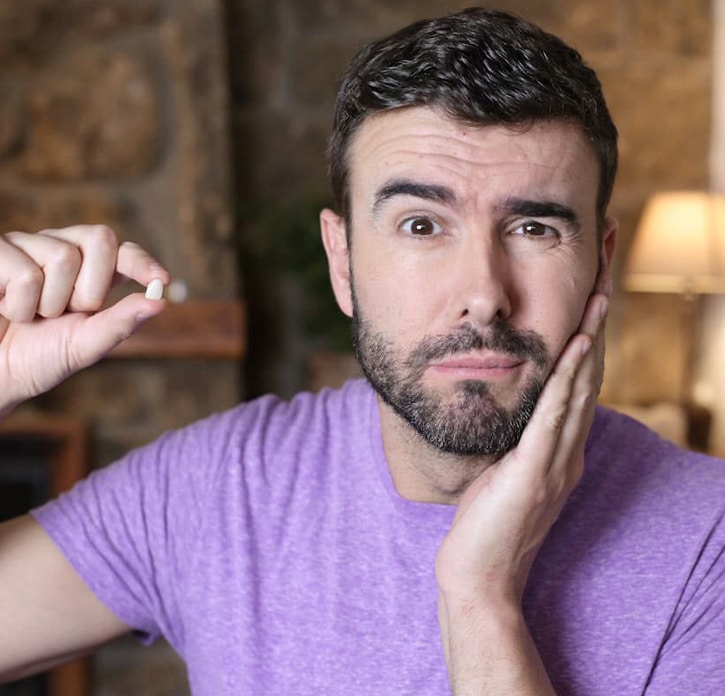Tooth Extraction: Gentle Care for Unavoidable Extractions

Why Would You Require a Tooth Extraction?
- Extensive Decay: A tooth with deep decay that’s affected the tooth pulp and doesn’t respond to root canal therapy may require an extraction to protect the health of the surrounding teeth and avoid complications.
- Trauma: A tooth that’s injured due to an accident may sustain damage beyond repair, leaving us with no option but to remove it.
- Periodontal Disease: Advanced gum disease, a condition known as periodontitis, may damage the tissues and bone keeping a tooth in place, necessitating its extraction.
- Orthodontic Treatment:If you have a crowded mouth, we may need to selectively remove one or more of your teeth to make the room needed for the remaining teeth to move into alignment.
What Are the Tooth Extraction Procedures?
There are two procedures we use to extract teeth. If the affected tooth is visible and accessible, you'll require a simple extraction. That involves using an instrument called an elevator to loosen the tooth then removing it with dental forceps.
If a tooth is weak, broken, or fractured at the root, you may need a surgical extraction. That involves making a small opening in the gum to access the affected tooth and remove it.
Care After a Tooth Extraction
Once you have the diseased tooth pulled out, a blood clot will start forming in the socket. Refrain from spitting, drinking through a straw, rinsing, or smoking for at least 24 hours after the procedure to avoid accidentally dislodging the clot. Otherwise, you increase your risk of developing a painful condition called dry socket.
We will provide you with care instructions to promote healing. If you experience increased pain or swelling or pain at the extraction site or if you have any concerns, please contact our office to speak to one of our team members.



